At this point, let me be clear: I am NOT saying that teachers should teach all content using Project Based Learning. But I am saying that all subject areas have content and students that would benefit from PBL strategies being integrated into the classroom. As Jane L. David concluded in her Educational Leadership article “studies suggest that project-based learning, when fully realized, can improve student learning. However, the research also underscores how difficult it is to implement project-based learning well. Together these findings suggest caution in embracing this practice unless the conditions for success are in place, including strong school support, access to well-developed projects, and a collaborative culture for teachers and students. What areas of content in your subject might lend themselves to this type of learning? Introduction to Project Based LearningIf you are interested in learning HOW to use Project Based Learning (PBL) in your classroom, some excellent resources include:
Previously used PBL UnitsAs project based learning gains popularity, more and more teachers and school districts are adopting the idea in their own way. This is a HUGE benefit to the rest of us. There is merit in looking at units that other teachers have created and used with their students. We can learn from their experiences and tweak the content to suit our particular students. Some sites with several units developed by other teachers: How PHRD Connections can help youOnce you have made the decision to try a PBL unit with your students, how do you keep all of the various components of project based learning organized? How do students know where they are on the journey?
The board has been designed for use with any project based learning experience. Not all of these experiences will require all sides of the board. If your project uses only one or two interim benchmarks, then skip over the unnecessary spaces. There are other documents in the PBL folder, including a variety of planning and tracking documents for both teachers and students to increase possibilities for success. There is also a great Teaching Guide for PBL called, Work that matters. Another thing you can find on PHRD Connections, via the Resources tab, are project plans from other PHRD teachers, including:
What are you waiting for? As the Global Digital Citizen Foundation says, “Take the PBL Plunge.”Cheryl Frose
0 Comments
|
Categories
All
AuthorsThis blog and resources website has been developed through the work of various AISI coaches in PHRD. The lead collaborative teachers for the 2015/2016 school year, Cheryl Frose, Christine Quong and Tammy Tkachuk will continue to update this site. If you have resources you would like to share or would like to contribute to the blog, please contact us. Archives
May 2016
|
PHRD Connections
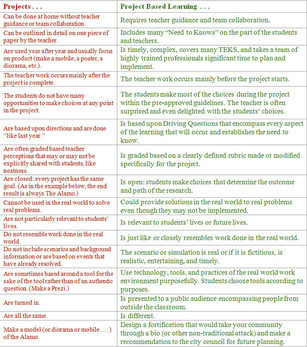
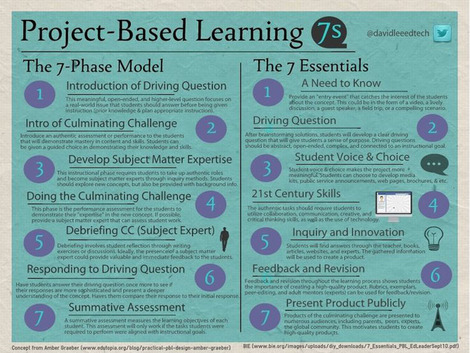
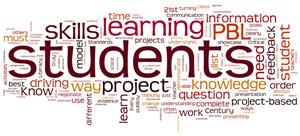
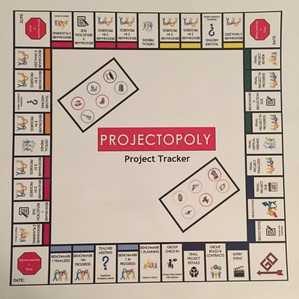
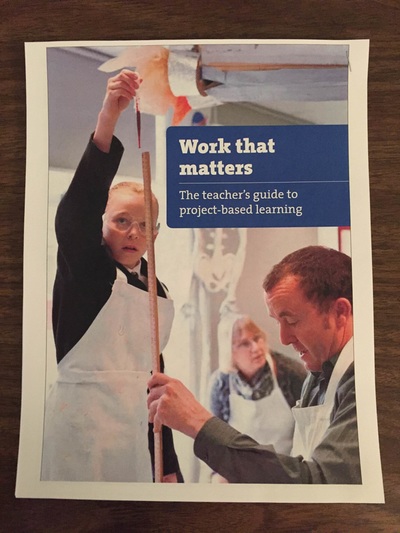
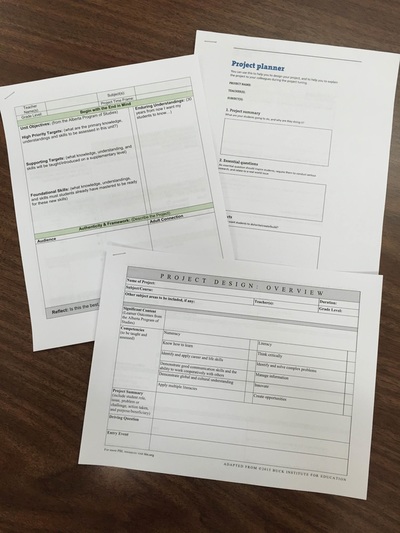
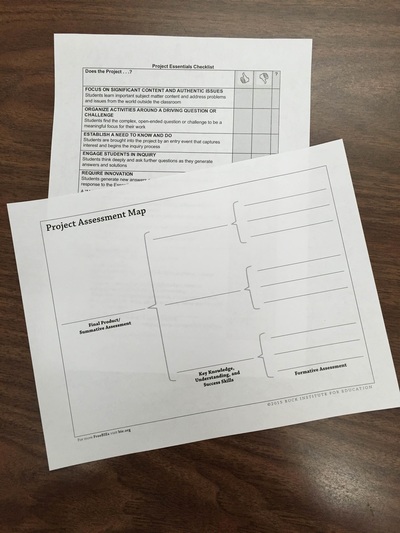
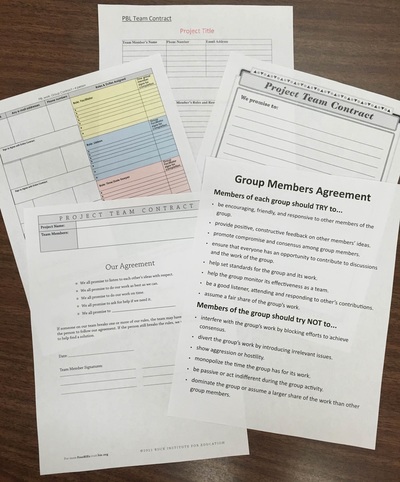
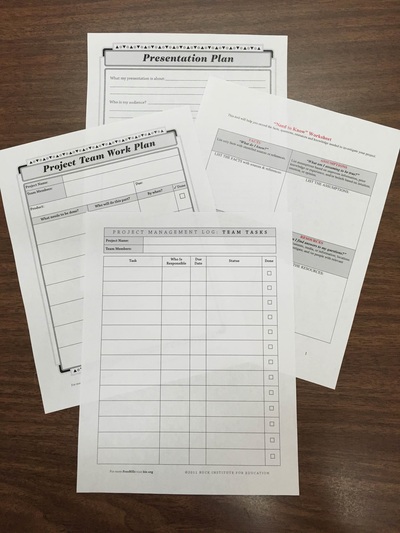
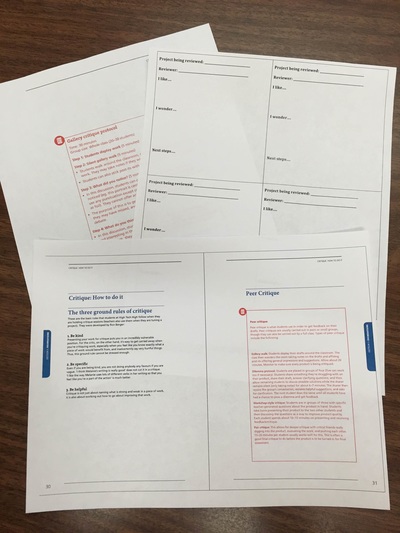
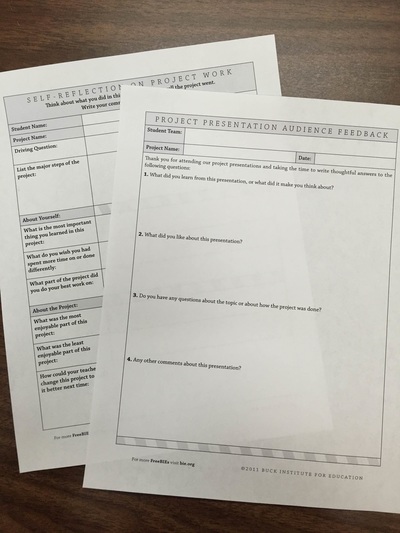
 RSS Feed
RSS Feed

